Hyundai Australia’s Product Development Manager, Tim Rodgers, is in the passenger seat, laptop open, tweaking the suspension set-up of the Ioniq 5 N we’re punting through a series of B-road corners, on the fly.
A millisecond after he clicks an on-screen widget and mentions things could get a little harsh the soon-to-launch performance EV morphs into the crashiest, most unforgiving beast this side of a horse-drawn cart.
Only moments before, we’d been floating on a cushion of super-soft damping, the car still steering accurately, and reasonable in terms of body control, but nowhere near as planted and composed as it had been earlier.
Welcome to the world of Hyundai suspension tuning, where teams based at the brand’s immense Namyang R&D facility in South Korea, its North American proving ground in Southern California’s high Mojave desert, as well as the Nurburgring in Germany, refine the dynamic characteristics of current and upcoming models.
Australia is plugged directly into that global engineering matrix, hence Tim Rodgers’ ability to toggle between various configurations well outside the usual scope of the Ioniq 5 N’s onboard suspension adjustability.
At times the local subsidiary has been tasked with specific pieces of development work and he collaborates (virtually and in-person) with his boffin brethren, blending workstreams to land on a suspension tune appropriate for various markets, including ours.
Hardware changes see updated parts rapidly distributed around the world with validated software tweaks shared pretty much instantly.
In the end, Rodgers says hardware is shared globally with the software “tinkered with for each region” and adjusted by market.
“We’re continually having this back and forth and they’re sending cars and engineers out all the time, just to spot-check and understand and train up some of the younger guys into ‘Hey the world has a variety of roads we need to tune for. This is America, this is Australia, this is Europe’.”
_0.jpg)
“For N it speaks to our broader performance philosophy, which is, lap times are an interesting metric, but that’s not our metric. We’re about fun. How do we engineer that? How do we do that on a cultural level? How do we live and breathe it?”
For the Ioniq 5 N he says, “Luckily, the hardware requirements we were able to meet for all markets.
“That’s the beautiful part of it, because the handling dynamics, the body control, the character of all of that, we were all aligned on. And then all those little extra bits, we knew how to make that work with those hardware parameters.
"The differences are all software calibration. In some regions Drift Optimiser might work a little bit differently, the ESC might be programmed a little bit differently.”
What the team ends up with is a library of different suspension tunes for specific models by market which can be borrowed and shared.
And despite his formal retirement as Hyundai Motor Group’s Head of R&D a couple of years ago, the person overseeing and guiding much of this work is storied spring and damper guru, Albert Biermann, who remains an ‘Executive Technical Advisor’. Biermann’s fingerprints are all over this work… probably, quite literally.
_0.jpg)
He still has oversight on how much budget is expended and where, whether ideas should progress or not and when a configuration is ready for sign-off (by him).
But all this focus on performance and fun has to measure up in terms of durability and reliability and Rodgers says, “That’s part of where the Nurburgring Test Centre is a big strength because the durability drivers are just doing laps non-stop, and we’ll be iterating on damper design for example, and we’ll get to a point where we say, ah, okay, we’ve found something we want to feel out and develop a bit more.
“So, we’ll slip it into their cars, they’ll go off. We’ll slip it into the MDPS (steering) cars and they’ll go off.
“Constantly, all in parallel and we’re getting together at the end of each day going, here’s all the changes we’ve made. It might affect your LSD system like this, it might affect your ABS system like this, and the response is yep, yep, yep, give me that, I’m going to give you back our new calibration, and we’re constantly adding to the puzzle and working through it and evaluating each others’ pieces.
“America comes into it with hot-weather testing in California. They might be getting very early engineering cars while we’re tinkering with stuff and we’ll update their car while they’re doing their durability testing.
“They’re not calibrating so much, but they’re just running the car to be sure it’s working to spec.
_0.jpg)
“Even things like very minor hub designs. The engineering team has detected there might be a durability issue and they’ve beefed up part of the design.
“We’ll go and update all the cars globally and get feedback from those and keep iterating on the car as we’re going.
So, an amazing amount of background work goes into setting up the Hyundai Ioniq 5 N (and other models) for the Australian market, and the object of this pre-release exercise was to experience the bandwidth available to Hyundai engineers tuning the car’s suspension parameters.
We’ll have a full launch drive of this much anticipated newcomer in a matter of weeks, so stay tuned to see if all the effort has paid off.




.jpg)







.jpg)
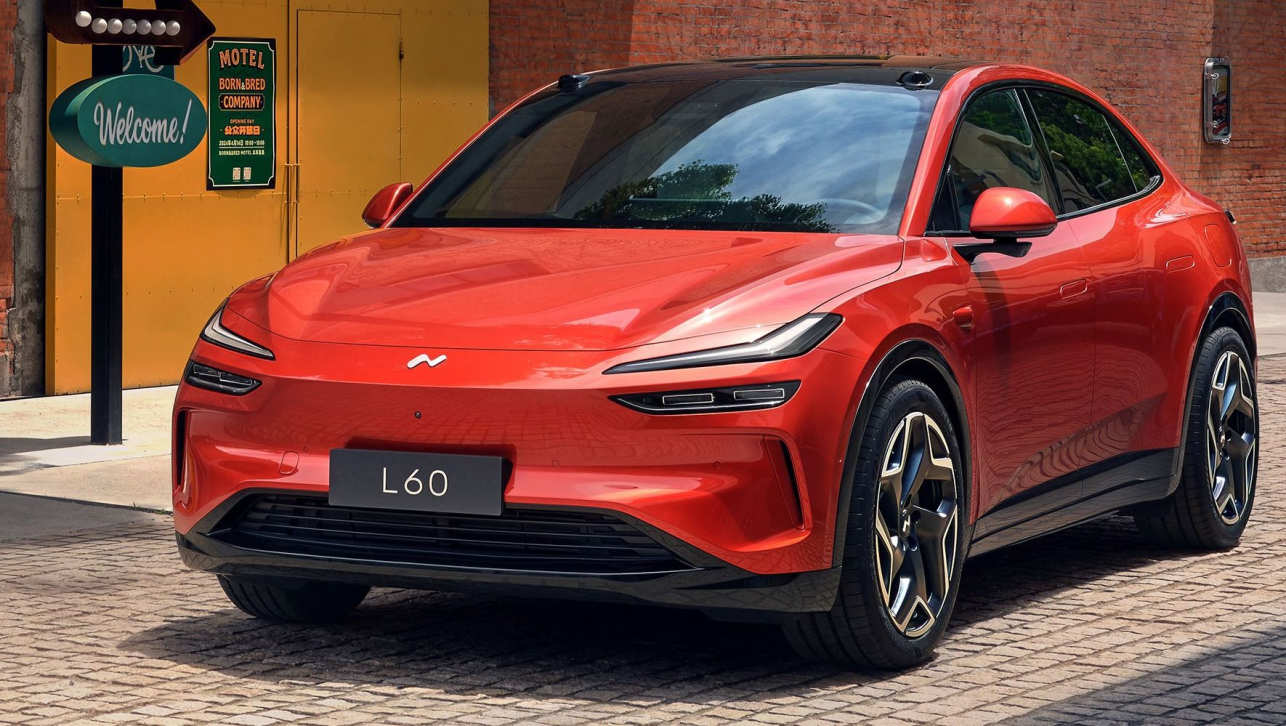
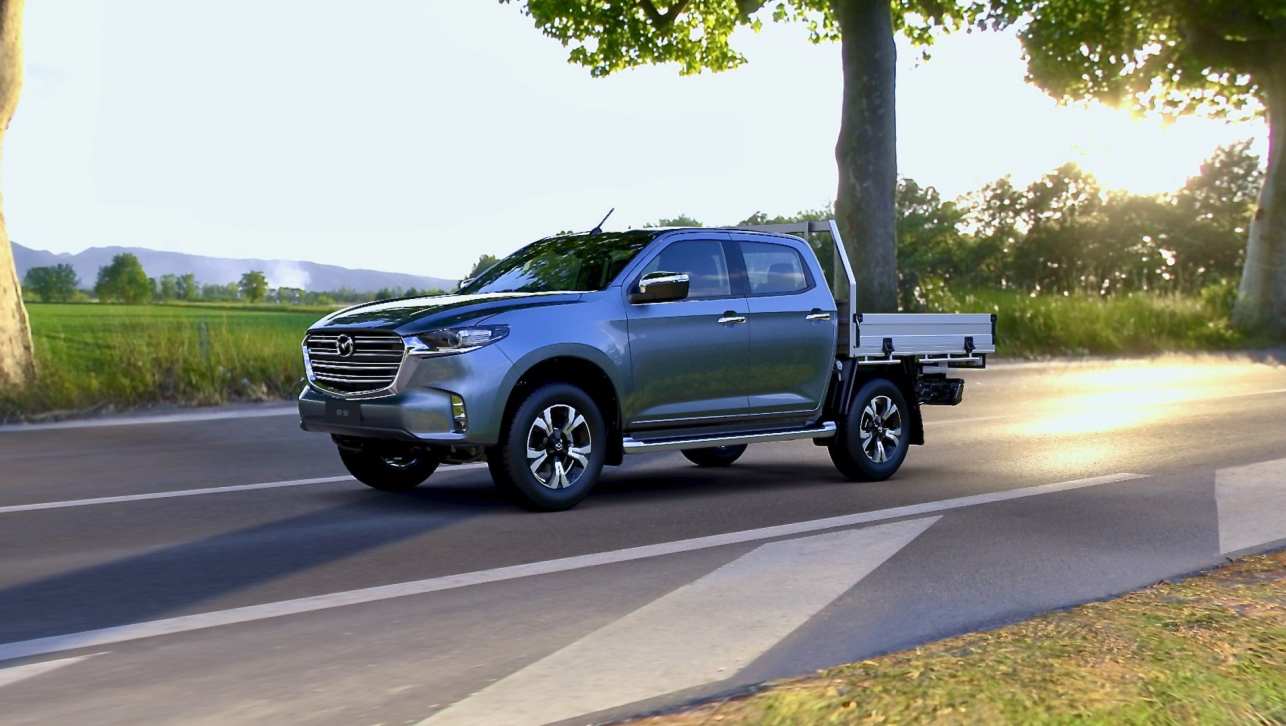
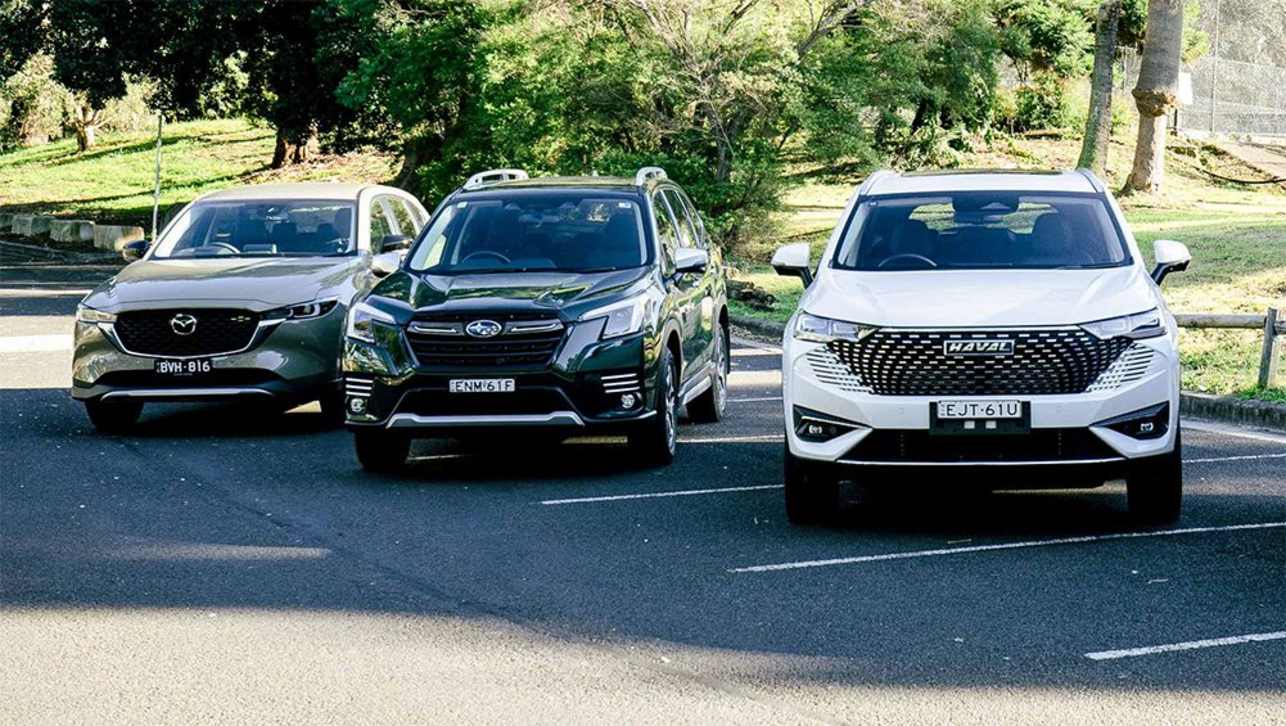
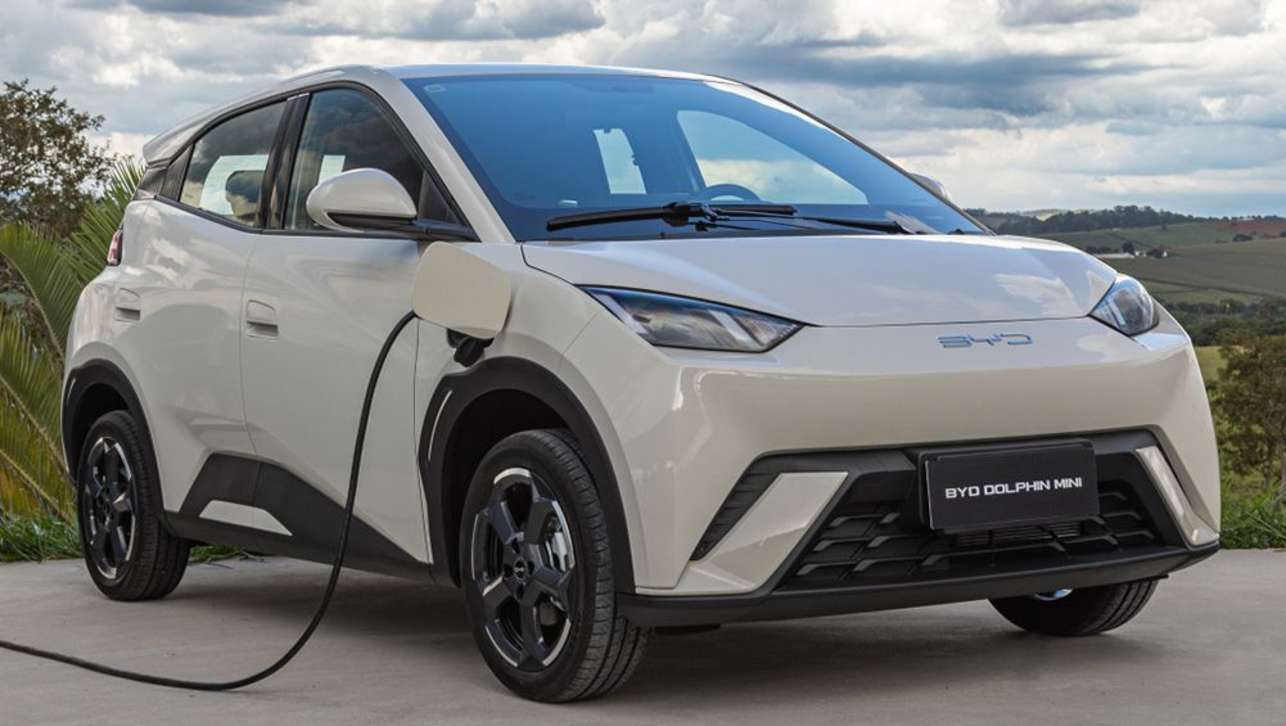
.jpg)


.jpg)
.jpg)


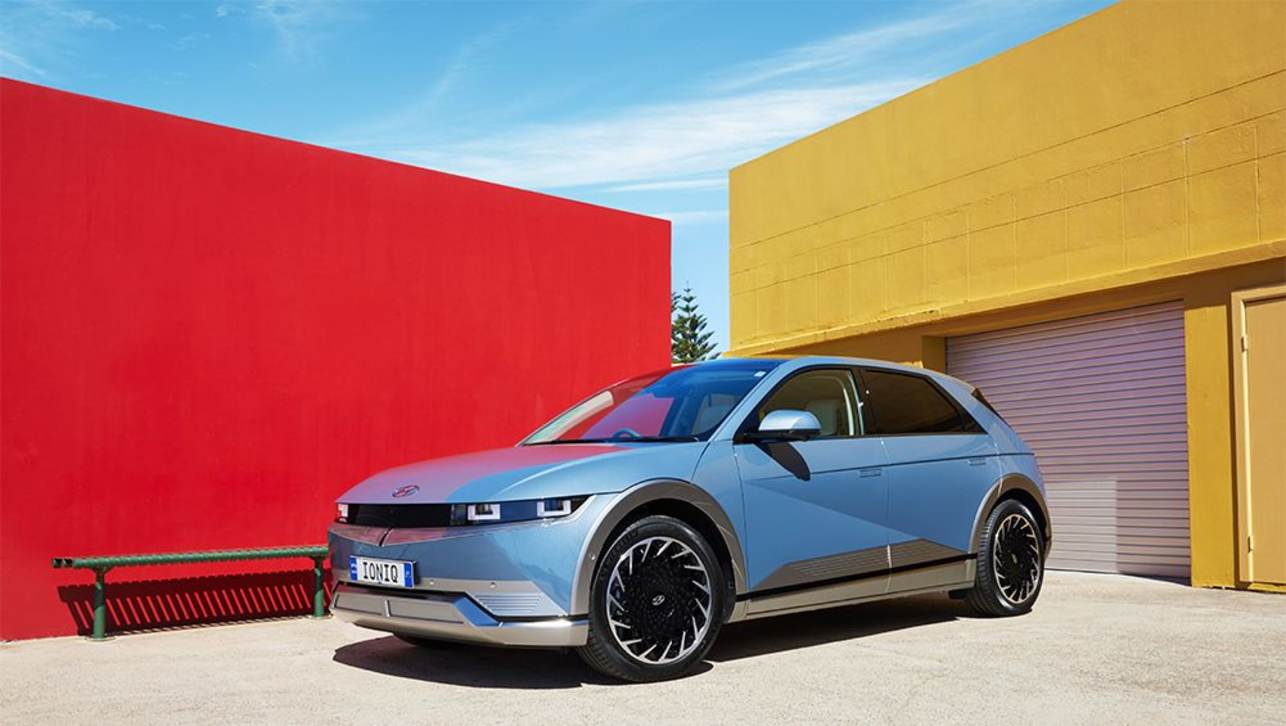
.jpg)
_0.jpg)




Comments